What happens when a designer becomes a delivery driver after 6 PM? Or when a data analyst runs a baking business online? Something’s changing. It’s subtle, but it’s everywhere. Full-time jobs no longer hold full-time hearts.
A New Kind of Worker
There’s the official job. Then there’s the real passion. Some call it a hustle. Others—survival. It starts with a weekend gig. Then it becomes a second identity.
The “shadow workforce” is growing. Quietly. Steadily. Globally.
These are people with one job on paper, and another on the side. Some do it for extra income. Some, for meaning. And some, because they don’t trust their full-time job to last forever.
Why This Shift Is Happening
● Job security feels fragile. Layoffs happen fast. Loyalty feels one-sided.
● Inflation bites. A single income is rarely enough anymore.
● Technology enables it. One phone, one app, and you’re in business.
● Personal branding matters. People want more than a job title. They want identity.
The full-time job is still important. But it’s not the whole picture anymore.
The Employer’s Dilemma
Managers notice the signs. Missed calls. Slower replies. Focus drifting.
But it’s hard to confront. Because technically—nothing’s wrong.
Here’s the catch:
● Productivity may stay the same.
● But emotional loyalty declines.
● Career paths lose clarity.
● Training investments feel risky.
● Engagement feels thinner.
Employers ask, “Are they all in?” But today’s workers ask, “Why should I be?”
It’s not rebellion. It’s reality.
Blurred Lines and New Norms
Work hours aren’t what they used to be. 9 to 5 ends at 5.01—and another gig starts at 5.05.
For some, it’s harmless. For others, it’s exhausting.
Company policies often ignore this. But ignoring doesn’t erase it. People won’t stop hustling.
They’ll just stop mentioning it.
The line between full-time and freelance is blurring. The employee of today may be the client
of tomorrow.
So What Comes Next?
Businesses must choose:
● Fight the shift
● Ignore it
● Or embrace it
A few already allow side hustles openly. They set guardrails. They support creative work—as
long as it doesn’t clash.
This builds trust. Because control no longer works. But transparency can.
Conclusion
The side hustle isn’t going away. It’s not a threat—it’s a message. People want flexibility.
Stability. Freedom.
Loyalty isn’t gone. It just looks different now.
And maybe—just maybe—it’s time employers started looking again.
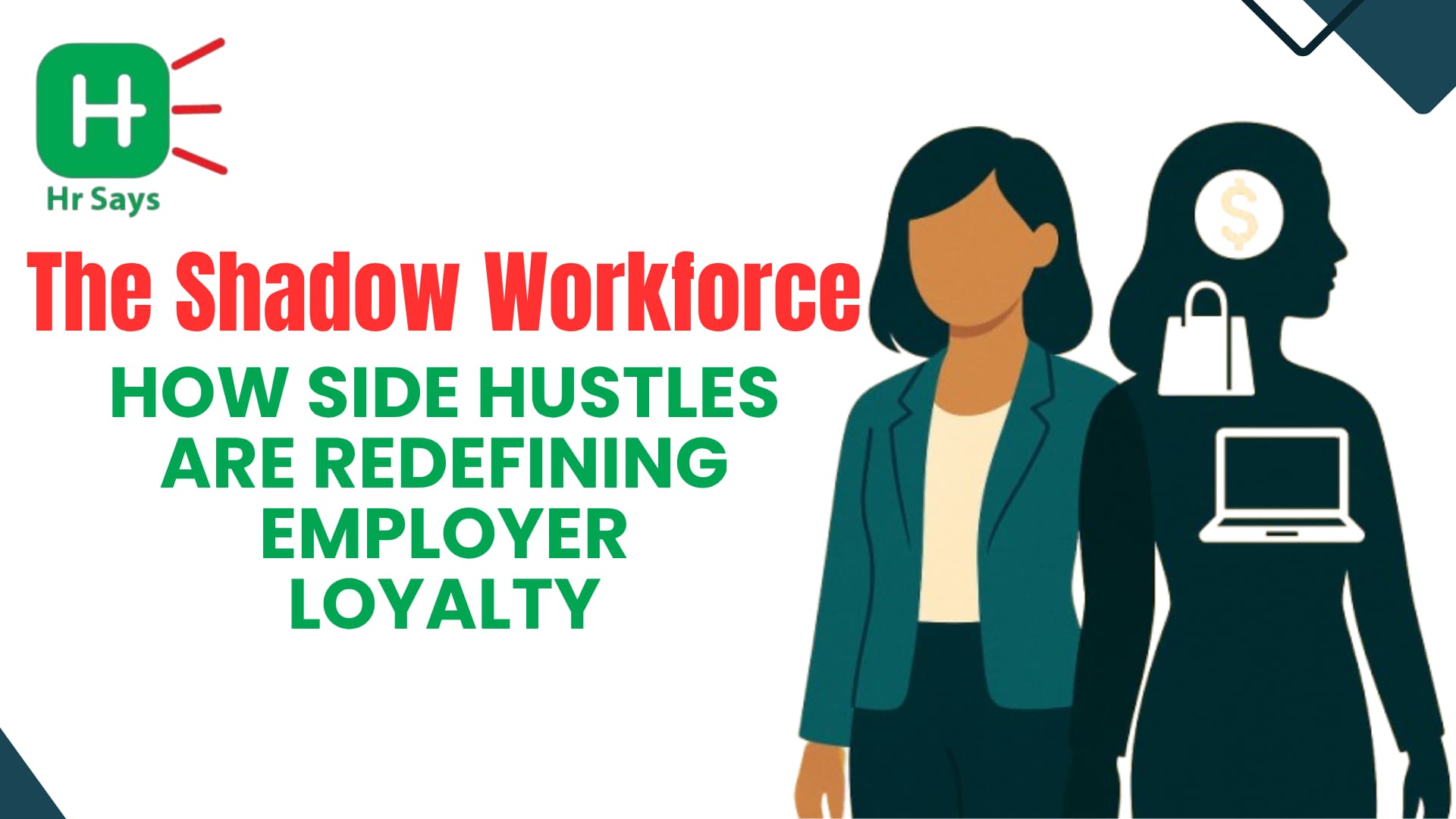
 A silent shift is underway. As side hustles grow, loyalty to full-time jobs begins to stretch thin. This article explores the quiet tension between stable work and flexible income, and how companies are beginning to feel the shift.
A silent shift is underway. As side hustles grow, loyalty to full-time jobs begins to stretch thin. This article explores the quiet tension between stable work and flexible income, and how companies are beginning to feel the shift.









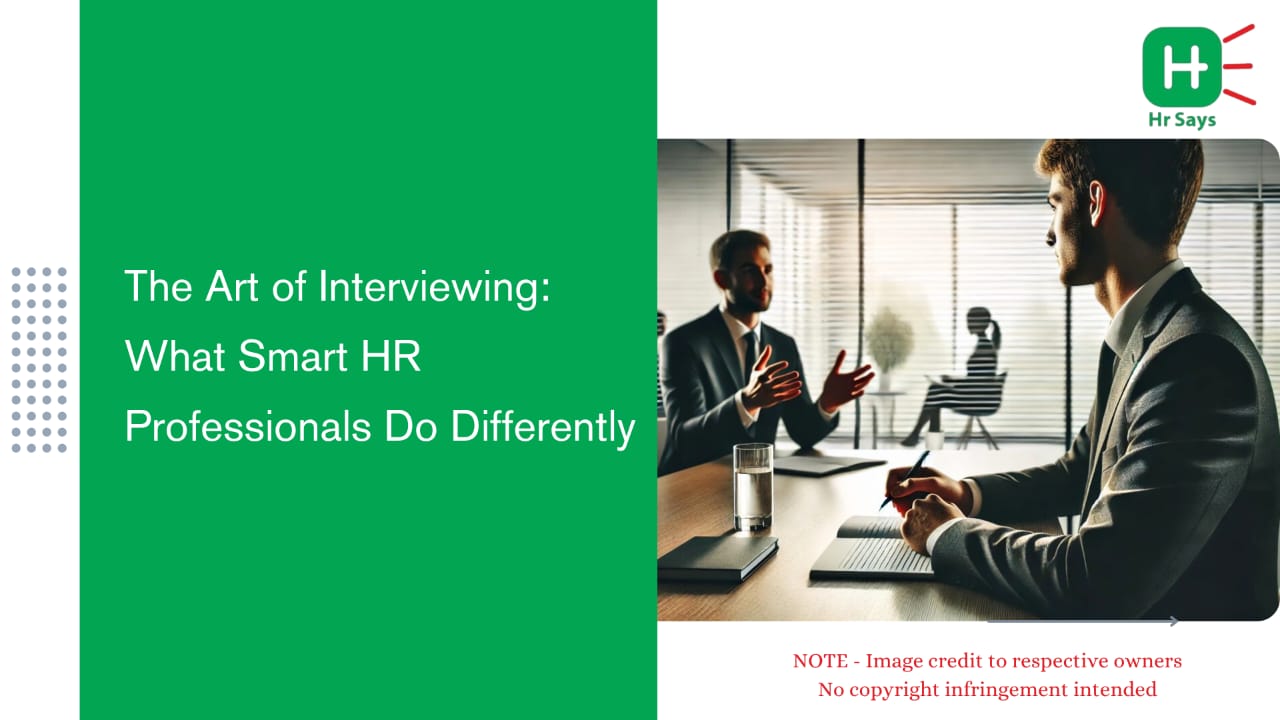

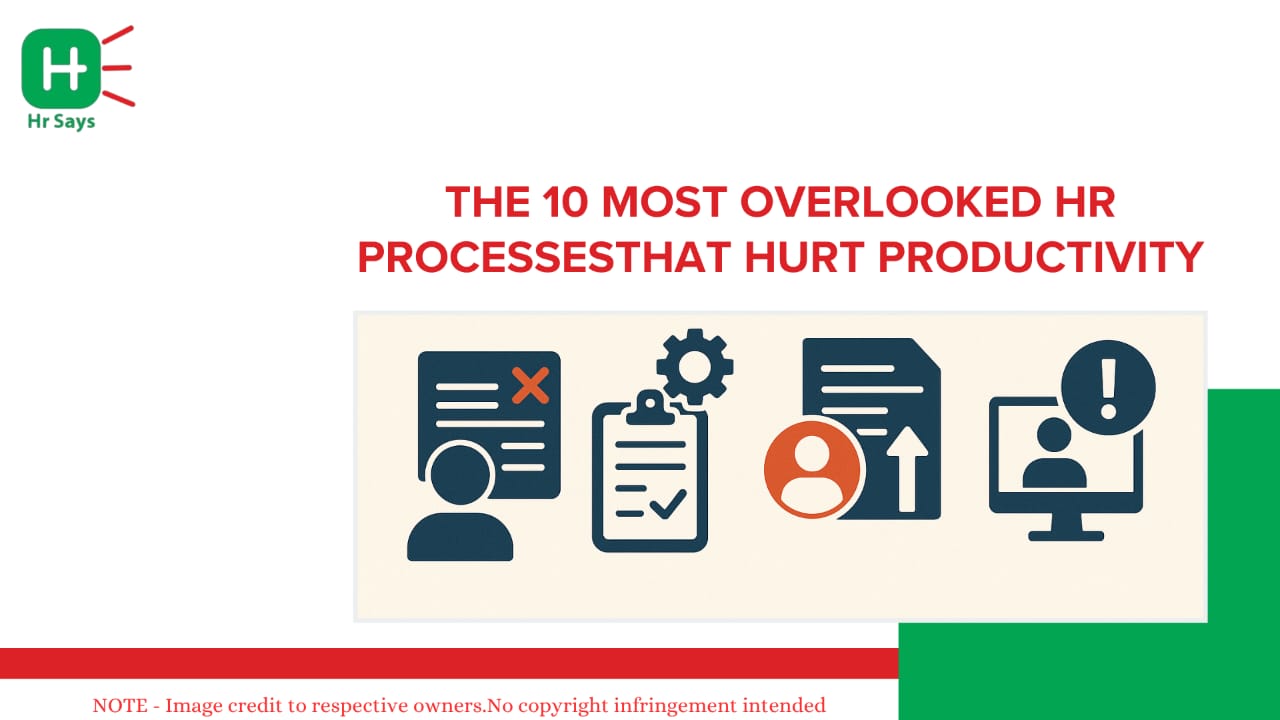
.jpeg)
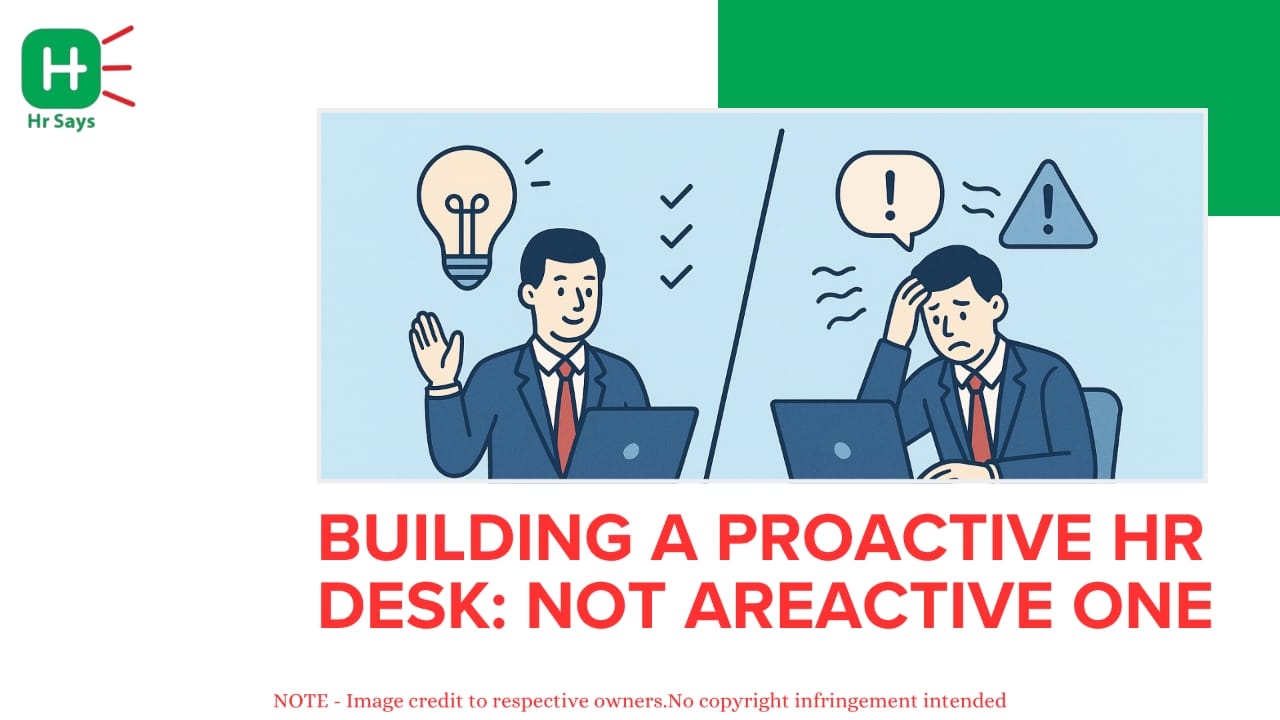
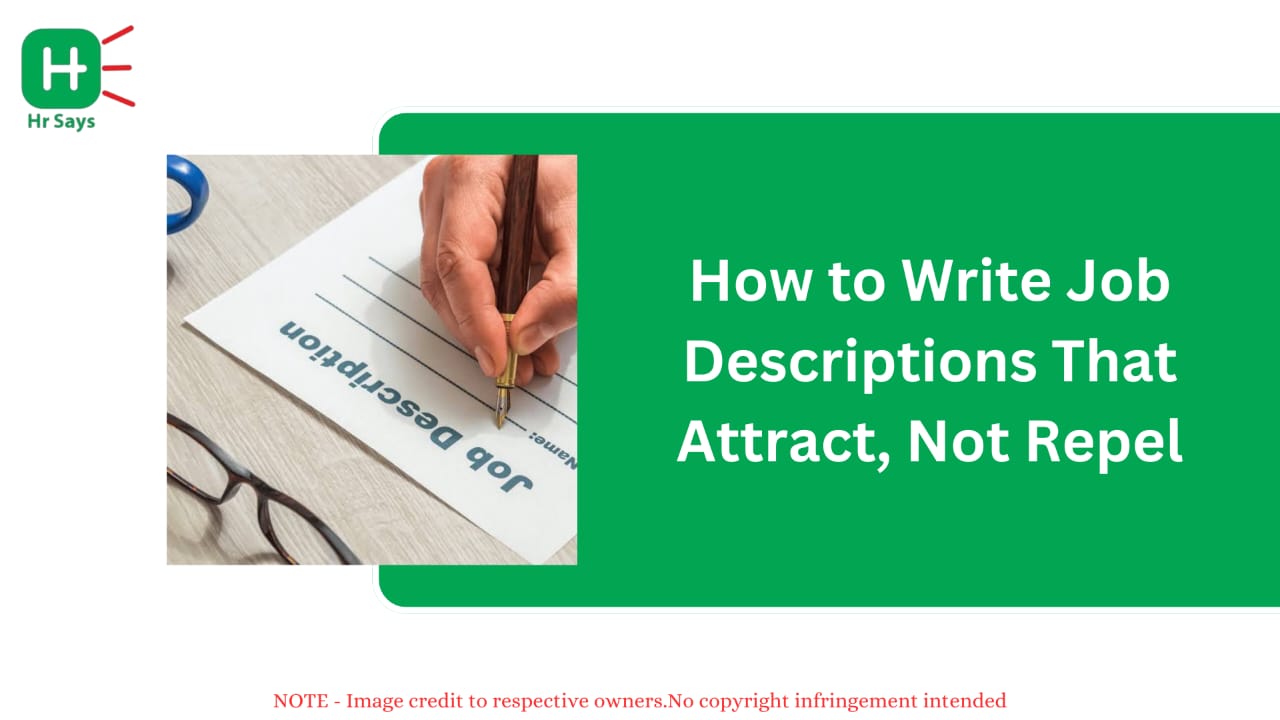
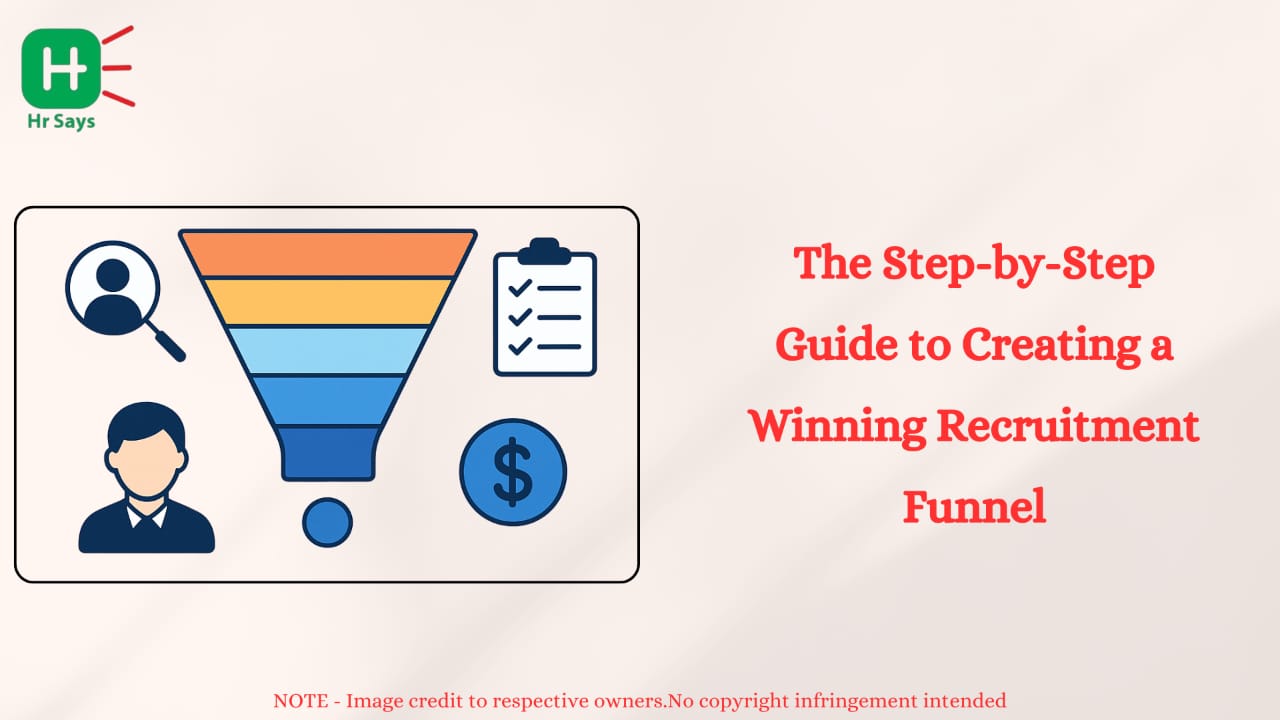
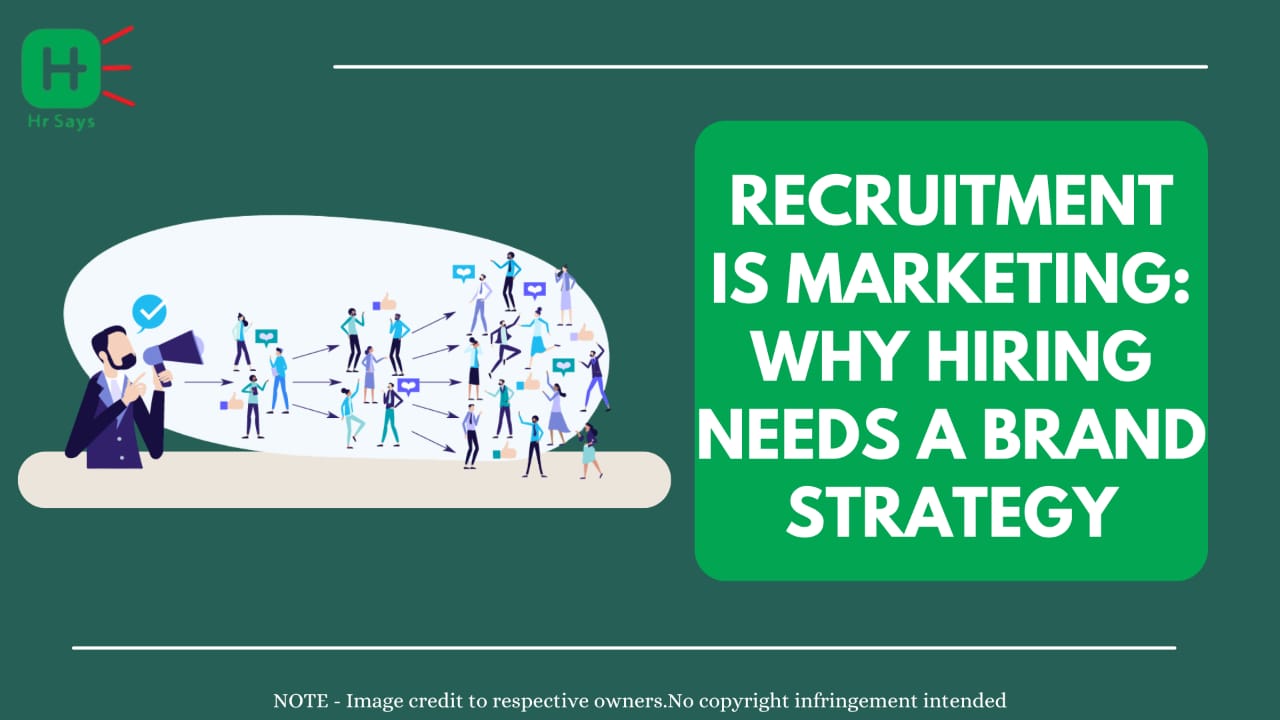
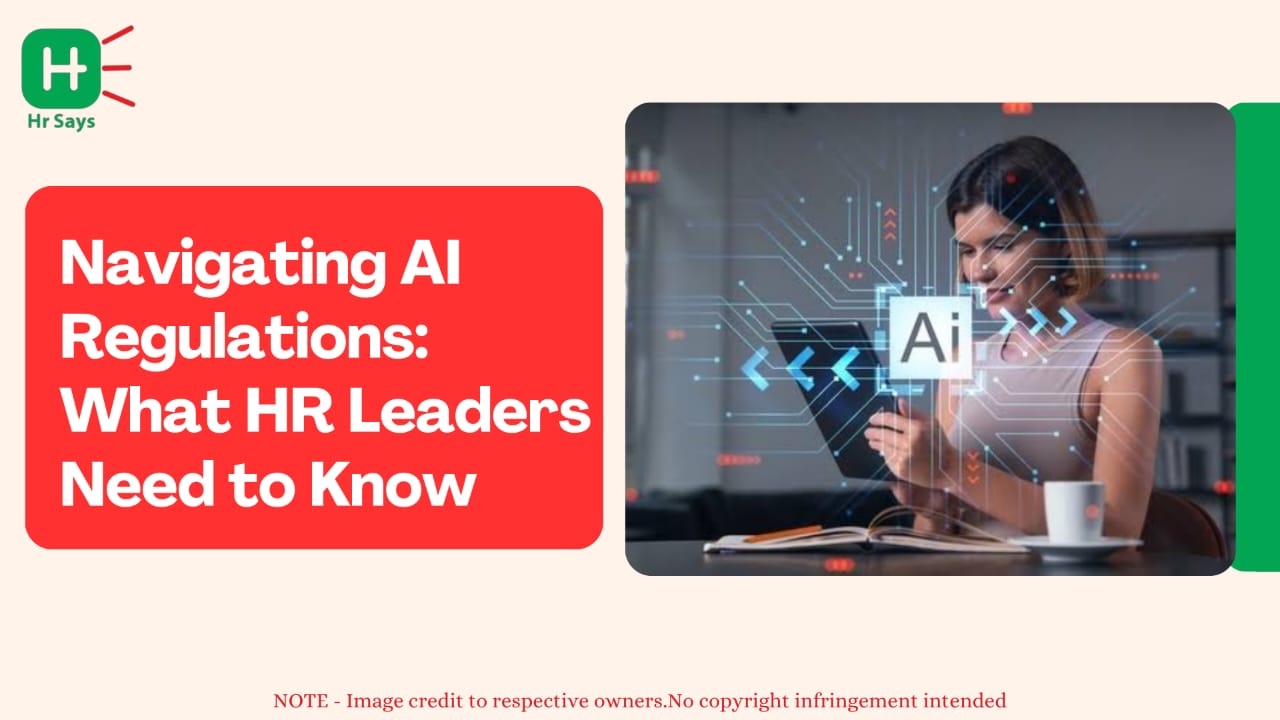
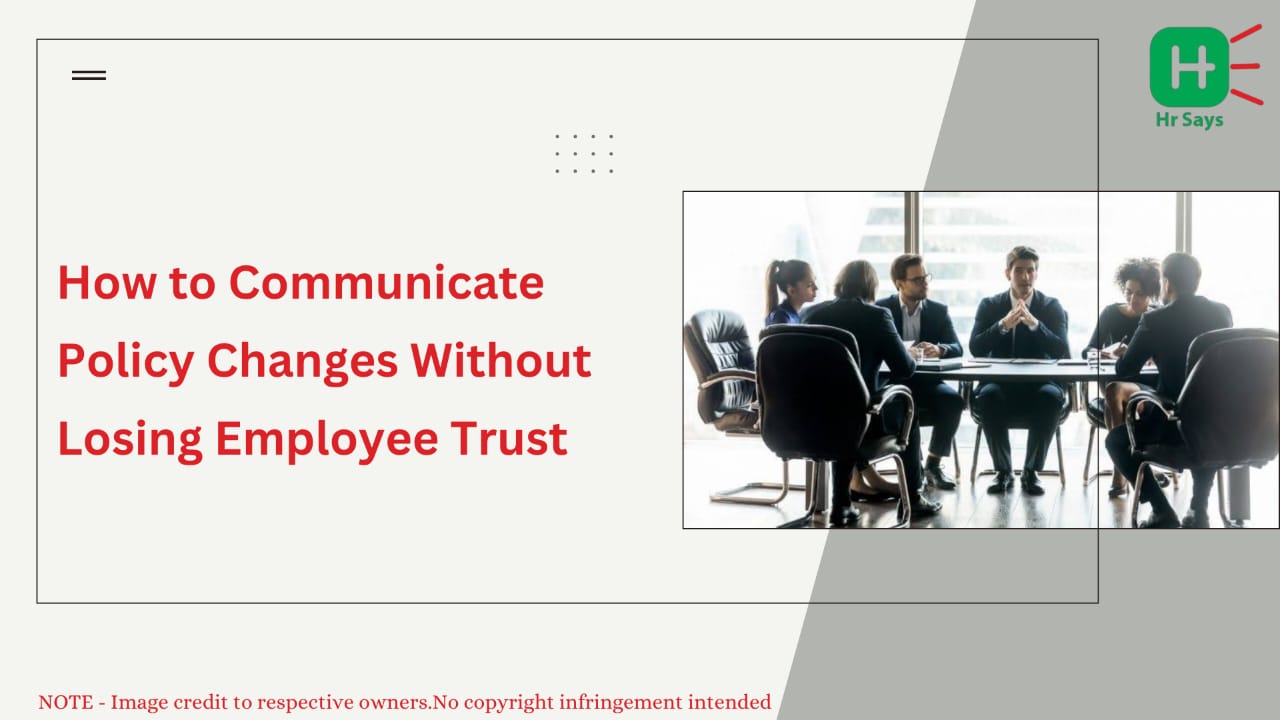
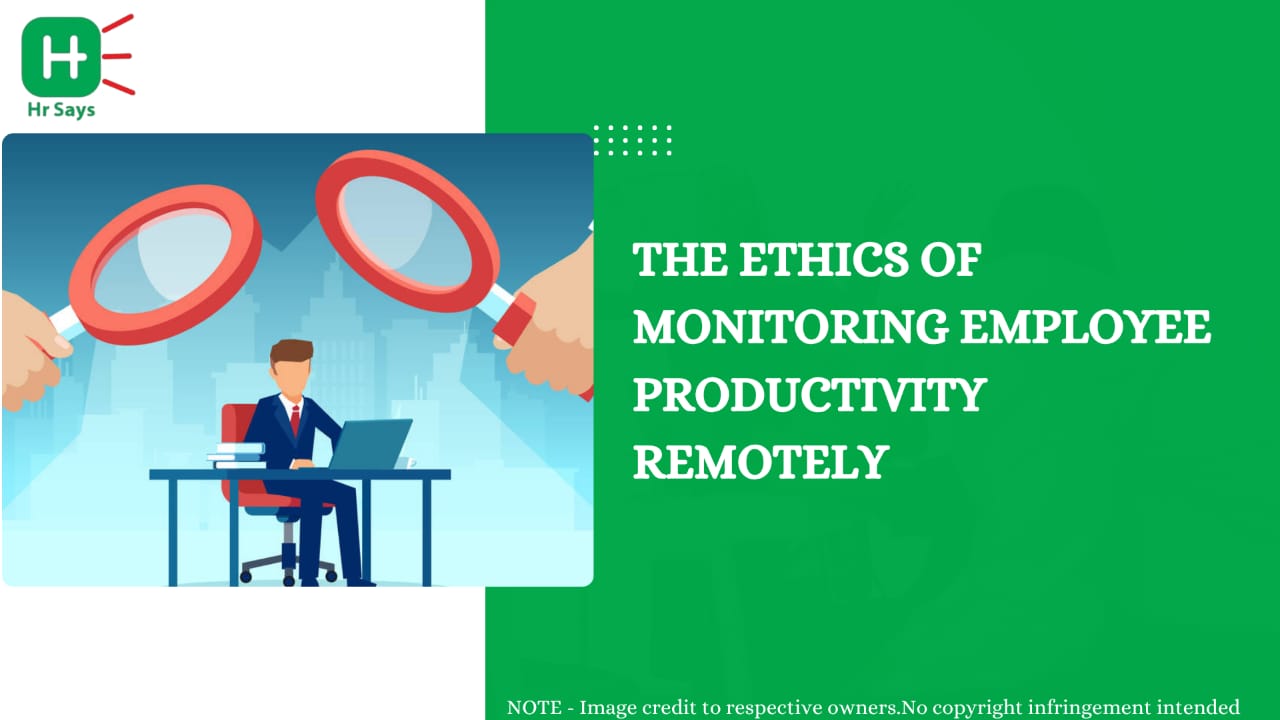

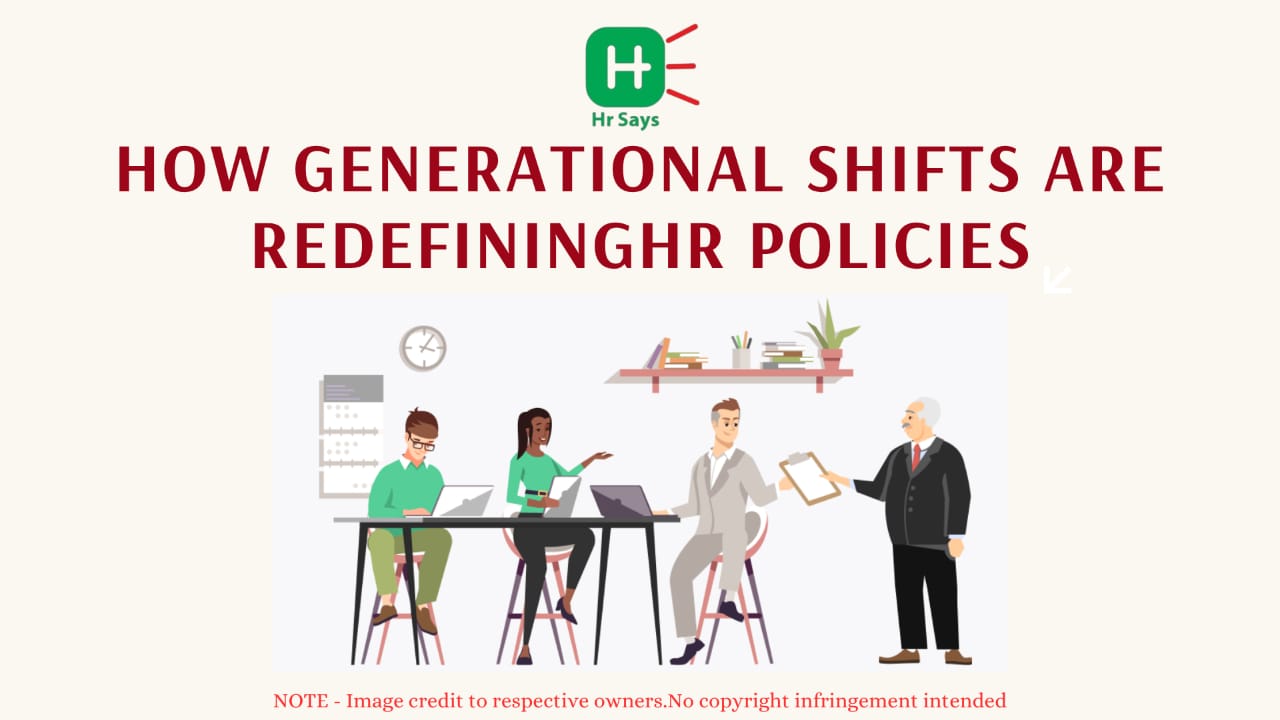
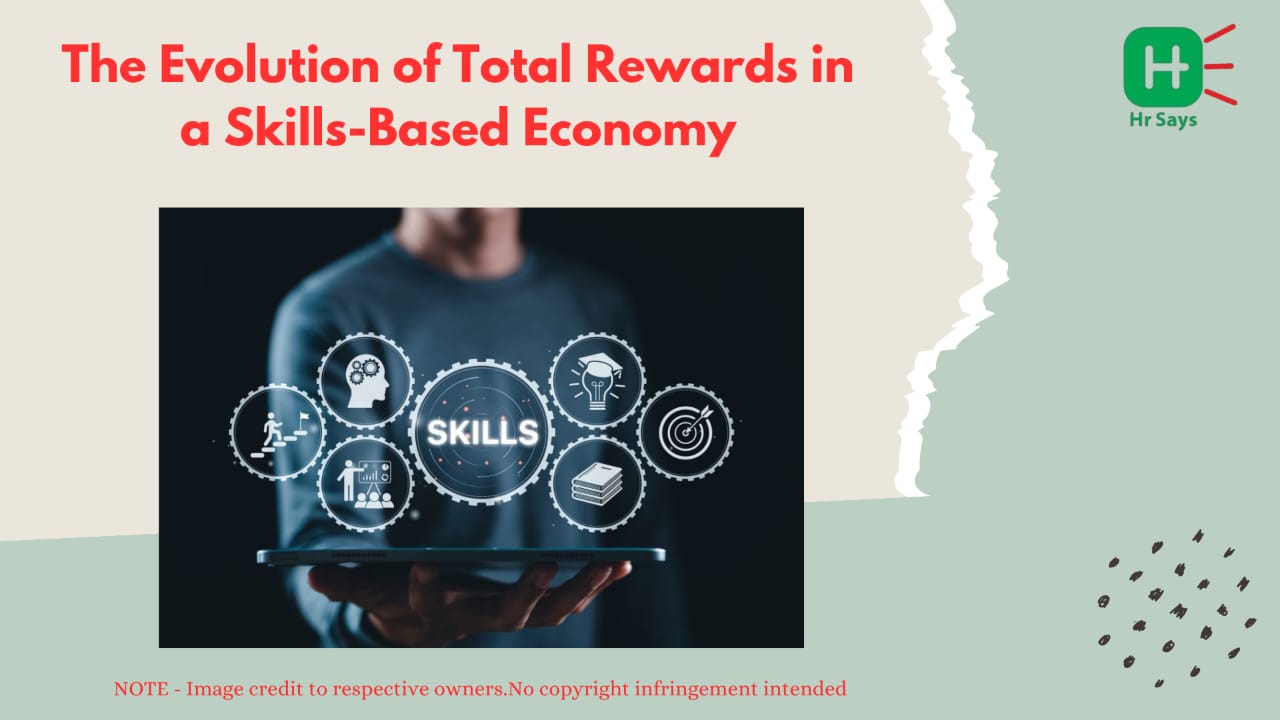
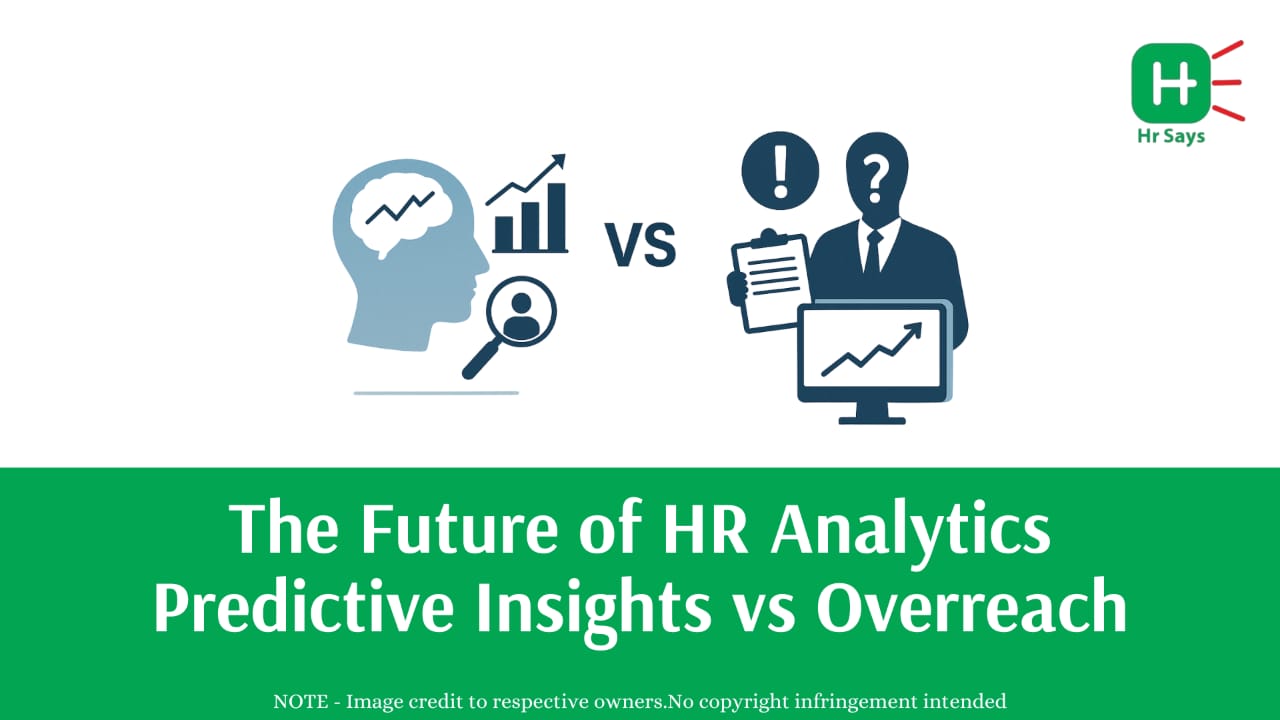
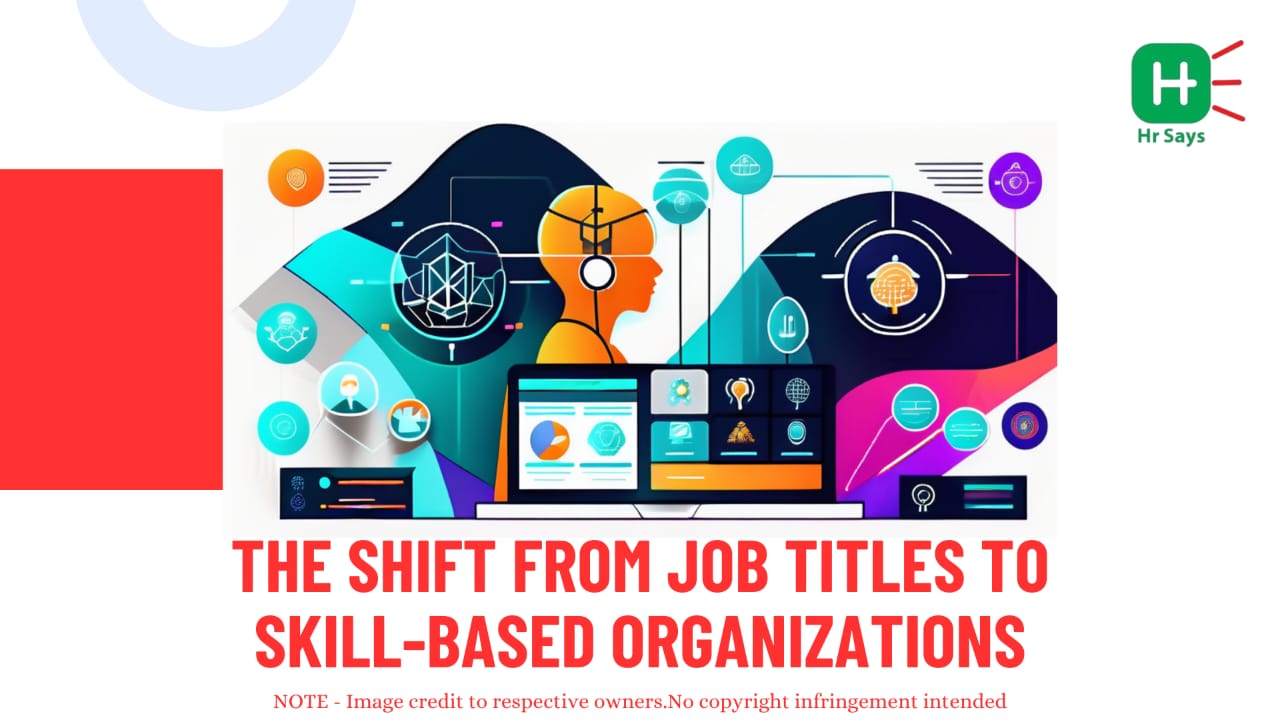
.jpeg)